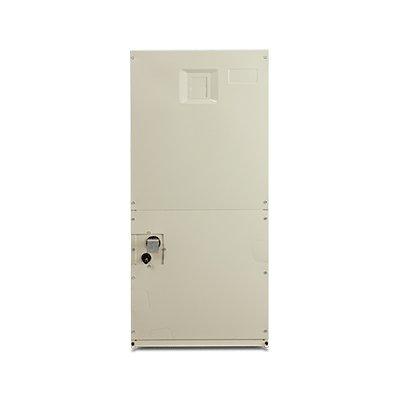When it comes to an HVAC system’s energy recovery wheel, users may not be thinking about all the features and benefits. After all, it’s tucked away and not something users take notice of every day until users do.
Energy recovery wheels are the workhorse of energy recovery ventilation systems. And with many facility managers responsible for increasing ventilation in the age of the pandemic, those wheels are working harder than ever.
So, with that in mind, users inevitably going to need to maintain them to ensure performance doesn’t dip. Polymer wheels offer an array of benefits, but Airxchange focuses on three that separate them from their metal counterparts but don’t cost more money.
Washable Wheels Are The Real Deal
No matter the filtration in your HVAC system, energy recovery wheels are going to get dirty. That’s inevitable. A polymer wheel is easy to remove and is truly washable. What’s that mean? It means the user can take out one segment at a time, wash it with a simple degreaser (dish soap, for instance), let it dry, and replace it.
Being able to wash the wheel means the user can remove any dirt or grime that’s impeding airflow. That results in a wheel that performs consistently and efficiently.
Replace A Piece, Not The Entire Wheel
A polymer wheel “bounces back” in many instances because unlike metal, the surface is somewhat malleable
Here’s the thing: Wheels are damaged from time to time. Generally, when the media is damaged it’s from a piece of debris hitting it. A polymer wheel “bounces back” in many instances because unlike metal, the surface is somewhat malleable. But if the damage is significant, the good news is users don’t have to replace the entire wheel.
Because polymer wheels are segmented, all they have to do is take out that piece of the “pie” and order a replacement from Airxchange. The user may be thinking, “so what if it’s dented a little bit?” Well, dented wheels see the decreased performance, meaning they’re less efficient. That costs energy consumption.
No Desiccant Degradation
Desiccant is a substance that attracts moisture and in this case, it’s the magic material that recovers energy from conditioned or heated air. On metal energy recovery wheels, the desiccant is applied to the surface. Over time, that desiccant degrades from use. As it wears off, the wheel becomes less effective. Think about it as needing to reseal the deck every few years.
With a polymer wheel, the desiccant is manufactured into the polymer media. Because it’s part of the media rather than applied to the surface it won’t degrade. The result is users don’t see a dip in performance.
Takeaway
The key takeaway is this: users don’t have to pay extra to get these benefits. A polymer energy recovery wheel doesn’t cost more than metal and has more features that make it easier to manage and maintain an energy recovery ventilation system.




















